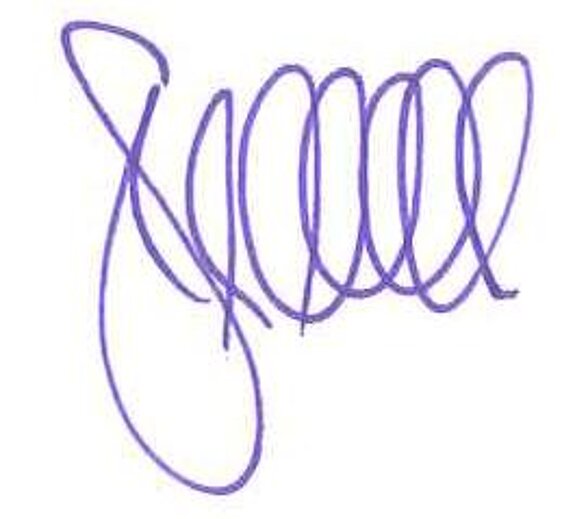Explosion meets Zeitgeist
![[Translate to English:] Merkle CAE Solutions Explosionen [Translate to English:] Merkle CAE Solutions Explosionen](/fileadmin/_processed_/8/b/csm_Teaserblog_117_Explosion-merkle-cae-solutions-explosionen_98b018edd8.jpg)
Whether it's the war in Ukraine or people's growing need for security in uncertain times, there are always topics that we don't expect to meet with such a great response from our customers.
One of these topics is explosions, or more precisely, the simulation of explosions.
Explosions fascinate and frighten in equal measure. Their destructive potential and impressive visual effects have always aroused human curiosity, especially mine. Even as a child, I was fascinated by explosives, black powder, rocket propellants and explosions, as shown in picture 2 from long ago. But that only in passing...

But how can we understand these dangerous events without endangering ourselves and those around us?
The answer lies in the simulation.
Here you can safely investigate what might happen without immediately burning your own smock (or eyebrows and eyelashes the day before your French exam). The better you understand something, the better you can control it and the simulation can revolutionize your understanding.
Explosions can occur in a variety of scenarios, be it industrial accidents, military conflicts, or even in the entertainment industry for movie and video game scenes. Using powerful software and computer models, we at Merkle CAE Solutions can create and analyze virtual explosions to gain valuable insight.
Whether this involves the explosion of hydrogen in test halls, dust explosions in plant construction, targeted blasts with TNT, the driving of ships onto mines or protection against attacks is of secondary importance for the modeling of the scenario.
Explosion simulation is based on CFD and FEM models that reflect the physical laws involved in explosions. These models take into account factors such as reaction equation, pressure, temperature, velocity, material behavior and more. By inputting these parameters into simulation software, we at Merkle CAE Solutions can predict how an explosion will behave in a given environment. In addition, building failure and protective measures can be included in the consideration. Regardless of the geometry! After all, the world rarely consists of a flat plate.
Roughly, the applications of explosion simulations can be divided into the following areas:
Safety design and assessment
Industrial plants that work with explosive substances must be safe. The simulation of explosion scenarios helps engineers to optimize safety measures, identify potential weak points and minimize the effects of accidents. A technical term that can be found here again and again is the so-called explosion pressure shock resistance, which can also be determined in a simplified way with quasi-static loads.
Military and defense
In the military context, simulation of explosions can be used to develop better explosive devices, evaluate protective measures, and analyze tactics.
Film and entertainment
The movie industry uses explosions to create spectacular effects that do not endanger the actors and crew. Video games also incorporate realistic explosions to enhance the gaming experience.
Research and education
Simulating explosions allows researchers to study the behavior of explosions in different environments to gain a deeper understanding of the underlying physics.
An excursion into practice
If you would like to delve deeper into the subject, the link below provides information on the attached example from the literature, which we have recalculated without exact knowledge of the material model used there:
This is a 10 m x 10 m steel plate with a thickness of 100 mm.
The plate is firmly fixed at the edges.
At a distance of 5 m, an explosive charge with 10 tons of TNT ignites. The course of the blast wave can be determined from the standard work Kingery-Bulmash Blast Calculator:
The effects of pressure waves on buildings and equipment can be found here:
http://data.unsaferguard.org/iatg/en/IATG-01.80-Formulae-ammunition-management-IATG-V.3.pdf#page=35
But back to the calculation results.
Figure 2 shows the plastic deformations; after all, about 1,300 mm as a function of time.
Fig. 3 shows the resulting plastic strains. The maximum is slightly above 8% and thus still below the elongation at fracture of the steel considered here.

Figure 4 shows analogously the stresses after the explosion.
In the case considered here, it can thus be demonstrated that a 100 mm thick steel plate, firmly anchored at the edge, is still able to withstand the explosion of 10 tons of TNT with more or less severe denting.
If proof cannot be provided for an assumed scenario, we at Merkle CAE Solutions can optimize mathematically until sufficient protection is provided.

Challenges and limitations
Despite the great progress in explosion simulation, there are still some challenges. Creating more accurate models requires extensive data, and even then, unpredictable factors can lead to deviations, since a scenario is never known exactly.
It goes without saying that explosion simulations are often very computationally intensive and require powerful computers, which Merkle CAE Solutions naturally has.
Conclusion
Explosion simulation has an amazing range of applications and allows us to safely explore the dangerous nature of explosions. It helps create safer environments, improve the performance of explosives, and even enrich the entertainment sector. While challenges remain, the continued development of this technology will undoubtedly continue to expand our understanding of what happens during explosions and strengthen our ability to deal with them.
Yours Stefan Merkle

PS: If you want to know more about this topic, simply make a non-binding appointment with us.